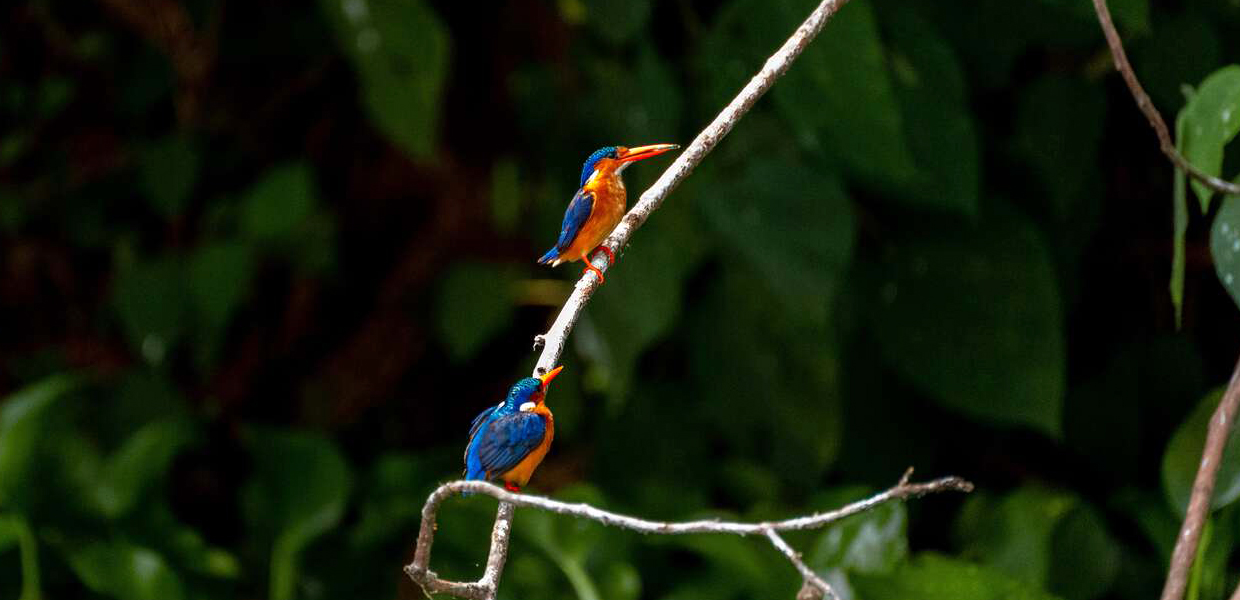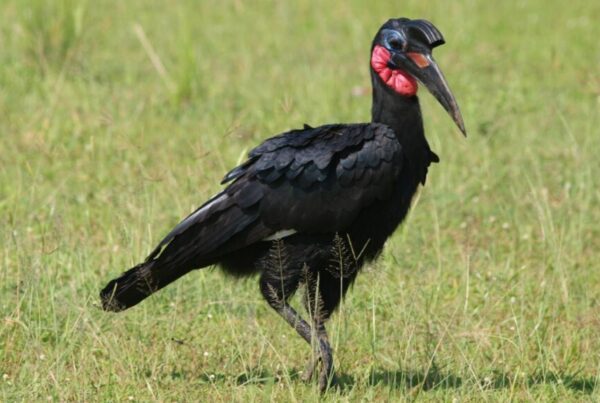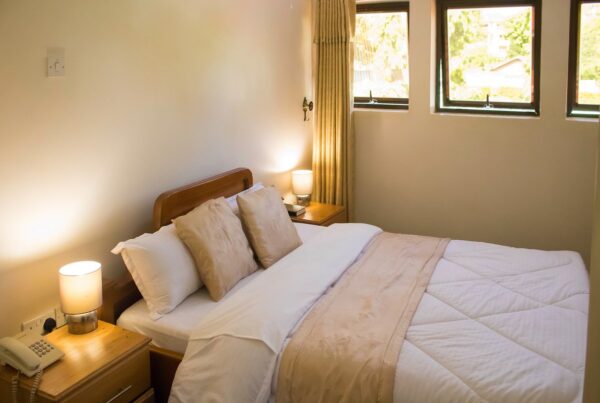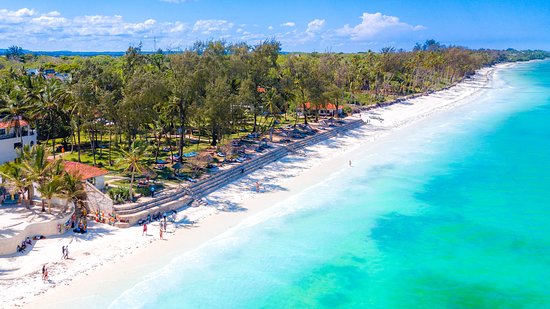The How to Travel Responsibly: Best Time to Go to Kabale for Birders
Embracing Responsible Birding in the Heart of Kabale
Kabale, often referred to as the “Switzerland of Uganda,” is renowned for its rolling hills, verdant valleys, and diverse avian population, making it an ideal destination for birdwatchers seeking both scenic beauty and rich biodiversity. For those committed to responsible travel, visiting Kabale offers the opportunity to observe rare and endemic species while contributing positively to local conservation and communities. Understanding the best time to go, as well as ethical practices in birding and travel, ensures that both nature and culture are respected, enhancing the overall experience for birders and photographers alike.
Birding in Kabale is not merely an observational activity but a practice of mindful engagement with the environment, requiring knowledge of seasonal avian patterns, awareness of human impact, and strategies for minimizing disruption to natural habitats. By aligning travel with these principles, birders can achieve both personal fulfillment and ecological stewardship.
Understanding Kabale as a Birding Destination
Kabale is characterized by diverse ecosystems that support a wide variety of bird species. Its high-altitude forests, bamboo groves, agricultural landscapes, and wetland areas provide habitats for both resident and migratory birds. Notable species include turacos, sunbirds, hornbills, and endemic warblers, many of which can be observed in their natural behaviors across forest patches and open fields.
The region’s elevation and climate contribute to year-round avian diversity. Seasonal variations influence both visibility and activity patterns, highlighting the importance of timing visits to align with bird behavior and breeding cycles. For photographers and birders, this understanding allows for the capture of authentic interactions, feeding behaviors, and nesting activities.
Best Time to Visit for Birdwatching
The optimal period for birding in Kabale depends on both weather and avian migration patterns. The dry seasons, typically from June to August and December to February, are particularly favorable. During these months, reduced rainfall allows for easier access to trails, better visibility within forested areas, and higher concentrations of birds near water sources. The clear skies and softer lighting also enhance photography, allowing for vivid images of both birds and landscapes.
In contrast, the wet seasons, from March to May and September to November, bring lush greenery and active breeding behavior among many species. While trails may be muddy and access slightly more challenging, these months provide opportunities to observe nesting birds, fledglings, and migratory species that arrive to exploit seasonal resources. Travel during this period requires proper preparation, including waterproof gear, sturdy footwear, and guidance from local birding experts.
Principles of Responsible Travel in Kabale
Traveling responsibly in Kabale involves a commitment to ethical and sustainable practices. Birders are encouraged to minimize disturbance by maintaining appropriate distances from nests, roosts, and feeding sites. Avoiding loud noises, sudden movements, and the use of flash photography ensures that birds exhibit natural behaviors, enhancing both observation quality and photographic authenticity.
Respecting local communities is equally essential. Engaging with guides, supporting community-run lodges, and purchasing locally produced goods contribute positively to the regional economy. Cultural sensitivity, including understanding traditional land use and practices, fosters harmonious interaction and reinforces the role of tourism in sustainable development.
Planning a Birding Itinerary
A well-structured itinerary enhances the experience of birders while ensuring safety and ethical engagement. Early morning excursions capitalize on peak bird activity, when feeding, vocalization, and territorial behaviors are most pronounced. Guided forest walks, bamboo grove exploration, and visits to wetlands and farmland edges allow for encounters with a variety of species within compact areas.
Afternoons may be used for reflective observation, photography review, and exploration of less frequented trails. Such periods provide quieter opportunities to witness elusive species, photograph subtle interactions, and immerse in the sounds and rhythms of the natural environment. Combining structured excursions with unstructured exploration ensures both comprehensive coverage and a relaxed experience.
Photography and Observation Techniques
For responsible birding photography in Kabale, preparation and technique are crucial. Telephoto lenses are recommended for capturing detailed images without intruding on bird habitats, while wide-angle lenses allow contextual shots of birds within landscapes. Utilizing natural light, particularly during dawn and late afternoon, enhances color accuracy and reduces stress on birds compared to flash photography.
Photographers are encouraged to observe before photographing, identifying subjects, and anticipating behavior. Slow, deliberate movements and quiet positioning contribute to more authentic captures. Recording observations and photographic notes also facilitates species documentation, educational engagement, and subsequent sharing of findings for conservation purposes.
Ethical and Environmental Considerations
Responsible travel in Kabale extends beyond ethical observation to include environmental stewardship. Trails should be respected to minimize soil erosion and habitat disturbance, while littering and waste must be strictly avoided. Birders can further contribute by participating in or supporting local conservation initiatives, such as tree planting, habitat restoration, and citizen science monitoring projects.
Interactions with wildlife should always prioritize the animals’ welfare. Feeding birds, attempting to manipulate behavior, or encroaching on breeding areas is strictly discouraged. Ethical practices ensure that Kabale’s avian populations remain healthy, that future generations can enjoy these species, and that the natural balance of ecosystems is maintained.
Accommodations and Logistics
Staying near key birding sites in Kabale enhances both convenience and safety. Eco-lodges, community-run guesthouses, and boutique accommodations offer easy access to forests, wetlands, and farmland edges, enabling early morning starts and flexible field sessions. Selecting lodgings with knowledgeable staff or resident guides enhances the quality of birding experiences while providing insights into local species and seasonal patterns.
Travel logistics, including transportation, trail access, and equipment storage, should be coordinated in advance to ensure seamless transitions between observation points. Well-planned routes minimize travel time, reduce fatigue, and allow for maximum field engagement.
Combining Birding with Cultural Appreciation
Kabale offers opportunities for birders to experience local culture alongside natural exploration. Village visits, craft markets, and interactions with traditional communities provide context for how humans coexist with natural habitats. Observing traditional land management practices, agricultural methods, and community conservation efforts enriches the birding experience, highlighting the interdependence between humans and wildlife.
Documenting these interactions through photography, notes, or storytelling emphasizes holistic understanding and fosters appreciation of both ecological and cultural landscapes. Families, students, and professional birders alike benefit from integrating cultural awareness into wildlife observation.
Harmonizing Travel, Conservation, and Photography
Kabale presents a unique combination of scenic beauty, avian diversity, and cultural richness, making it an ideal destination for responsible birding. By aligning visits with seasonal highlights, adhering to ethical practices, and supporting local communities, birders can achieve meaningful encounters while contributing to conservation and sustainable tourism. Observing and photographing birds responsibly ensures both personal fulfillment and long-term ecological impact.
To guarantee a smooth, safe, and responsible birding experience in Kabale, it is recommended to book your Africa tours and safaris via WildHorn Africa, where expert guidance, local knowledge, and logistical support ensure that every moment—from dawn observation to immersive photography—is maximized for safety, enjoyment, and ethical engagement with nature.





 WildHorn Africa – Authentic and unforgettable tours across Africa, guided by local experts who know the land, wildlife, and culture best.
WildHorn Africa – Authentic and unforgettable tours across Africa, guided by local experts who know the land, wildlife, and culture best.


